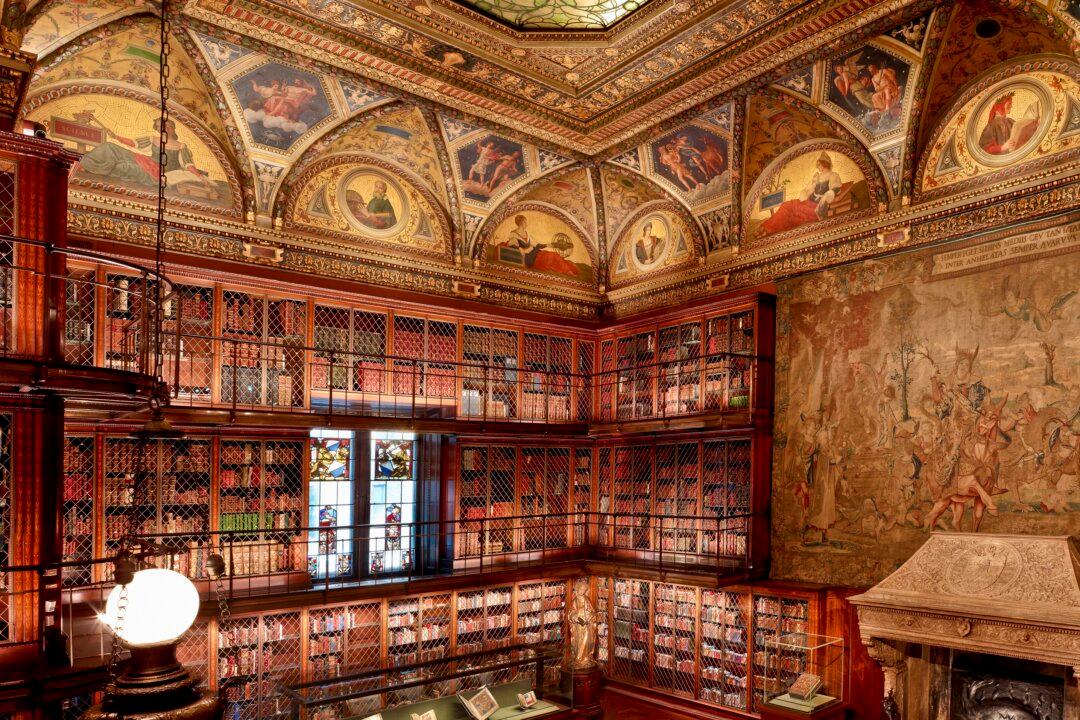Ancient Greek, Roman, and Renaissance art and architecture gloriously unite in the McKim Building that houses the late financier John Pierpont Morgan’s library.
In 1902, Morgan hired Charles F. McKim, of the architectural firm McKim, Mead & White, to build a library next to Morgan’s brownstone on 36th Street and Madison Avenue, in New York.






